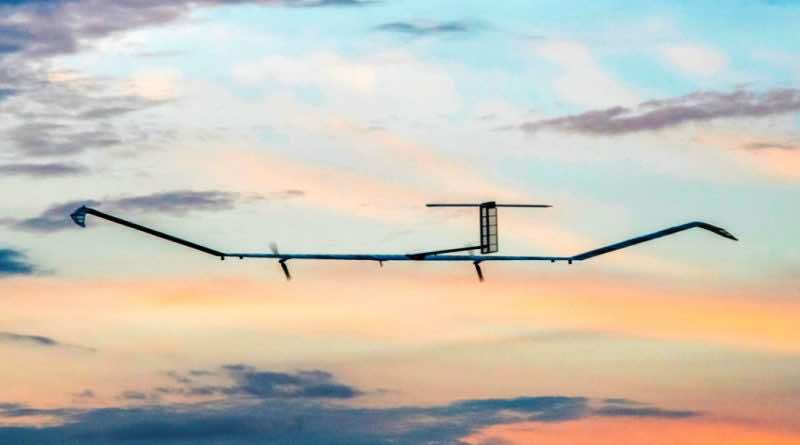What rises must descend. This flux is continuous for all aircraft, including spacecraft. However, Airbus may have developed an aeroplane that can stay in the air longer than usual.
According to Interesting Engineering, the famed aerospace business is currently performing a very-high-altitude flight for its Zephyr High Altitude Platform Station (HAPS), or Zephyr S, uncrewed solar-powered aircraft.
Airbus stated that it has been testing its Zephyr S uncrewed aircraft for a very high-altitude flight for more than 17 days and is flying non-stop.
The Zephyr S is also called a drone because it does not have a crew and can fly 10,000 feet above commercial jets. Furthermore, it uses only solar energy to stay in the air, above weather and regular air traffic, making it a suitable aircraft to cover a capability gap complimentary to satellites.
The Zephyr S, known as Zulu 82 during the flight test, was purportedly observed on internet aircraft monitoring software after taking off from Yuma Proving Ground in Arizona.
Airbus has subsequently kept its tests within the state, with the aircraft flying over the Yuma Test Range and the Kofa National Wildlife Refuge, according to The Drive.
However, it appears that Airbus is relocating the aircraft. Flight tracking data indicates that the Zephyr S is flying near the Arizona border and southwest toward the Gulf of Mexico.
The plane travelled across the Gulf of Mexico before heading to the Caribbean Sea and the Central American republic of Belize before returning to the United States.
The Airbus Zephyr S was designed to provide local persistence at a low cost using a re-usable solar-powered aircraft with a wide range of uses.
Furthermore, the aircraft can be employed as a military sensing device. Indeed, a representative for the Assured Positioning, Navigation, and Timing/Space (APNT/Space) Cross-Functional Team (CFT) confirmed that the previously discussed experiment to show Zephyr S’ military utility of long-duration assessments of multiple types of sensors is currently underway.
The Zephyr S’ was built for very efficient high-altitude flight, which it is capable of because it is uncrewed and light enough to be launched by hand by a group of people.
The solar panels on the Zephyr S’s 82-foot wingspan and practically every fuselage surface generate the power required to keep the aircraft in the air for extended periods. It took nearly 26 days for its first flight to land.
Yet, it is unknown whether the aircraft will be able to break its previous record during its current flight test.

